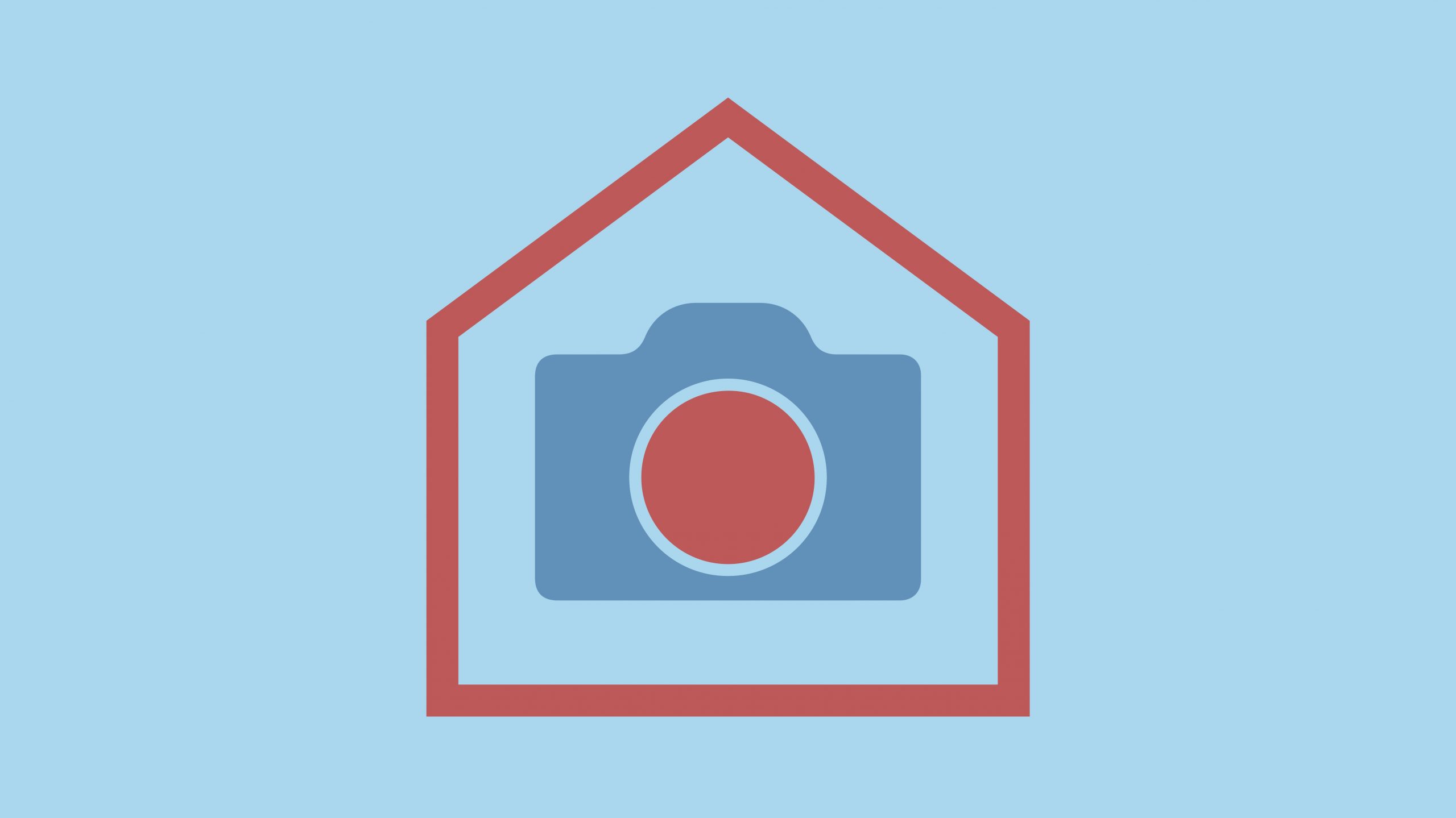The novel coronavirus is affecting the world in ways that no one has ever experienced before, in turn, businessowners across the world are changing the way that they conduct their business. In an age where doing things from home appears to be the new norm for the upcoming future it’s becoming more and more important to determine the most efficient ways to do so.
For businessowners that specialize in sewing or promoting products online, a home studio is an essential for your business’s success. We are here to give you the 5 essential stepsthat you can follow to create your own studio.
- Find a light source to light the product
A light source is a staple for a successful in-home studio. For those of us who don’t keep full functioning light sets stashed in the corner of our basements we are forced to turn to other items that emit light.
Things like sunlight, lamps without lampshades, desk lamps, or even flood lights can act as amazing light sources for photo taking. Don’t be afraid to get creative!The goal of the setup is to find items that will shine onto the product and showcase it in an attractive way. The key here is finding the right amount of light you need, don’t wash your product out with too much light, but don’t use too small of an amount where the product blends in with the shadows.
2. Find a backdrop
A backdrop can be just about anything, the only requirement is that it cannotdistract from the item you are trying to showcase. I like to use a large white sheet, however, when using white fabric, it’s important that it is thick enough that you cannot see through it. Other people use different solid colors such as gray, black, or even a light blue.
3. Set up your studio
Setting up a studio is a daunting task for those who have never done it before, but it’s a lot easier when you have followed the previous two steps.
First start by determining if you want to lay your product out or put it on a mannequin (if you have access to one). This will determine what you need to do with your lights and backdrop. For the purpose of this article I will be laying out my product on the ground. If you are interested in learning how to set up the studio for a product that is standing check out this blog.
Lay your backdrop out on the ground and ensure there are no heavy creasesin it. Use a steamer or an iron if you need to get the folds out. This allows for your backdrop to appear smooth in the photo.
Next, it’s time to set up your lights. It’s best to get the lights as directly overheadas you possibly can without your own shadow getting in the way, this eliminates distracting shadows and makes your photos look professional. Try to get one on each side of the product (ex. A lamp sitting on a barstool on each side) and a bright window casting light from directly ahead of where you will be standing.
4. Take your photos!
This is the fun part! Grab your trusty stepstool and place it near the bottom of your backdrop. Once you have climbed up a few steps carefully hold out your phone or camera above your product and take pictures.
Double check for wrinkles in the fabric of your product or backdrop and also take notice of the shadows. Are there ugly shadows on your product? Are the sleeves wrinkled? These are small things that are hard to notice before taking a picture so make sure to take advantage of test shots. Once you have determined your desired look and succeeded in making it happen experiment with the layout of your product in order to get a variety of looks.
5. Edit your photos using a photo editing app
Assuming you now have your newly taken photos on your phone the next step is editing them using a photo editor. There are many amazing free photo editors out on the app stores, the one that I use is VSCO. This app is minimal yet offers a large selection of editing tools controlled by sliders that are easy to use.
Experiment with the exposure slider to brighten your image if you were not able to get enough light on your product. Also take advantage of the highlight/shadow slider to either increase or eliminate the light/dark shades are in your photos. If you used a light colored (or white) backdrop I recommend upping the brightness and highlights of your photo, so the backdrop looks smooth.
If you were unable to get a direct overhead shot of your product take advantage of VSCO’s Skew tool under its Adjust menu that allows you to alter the angle of the photo, so it looks like you were standing directly above it.
Make sure to save and export your photo and there you go! You now have your own functioning home studio completed in 5 steps.






